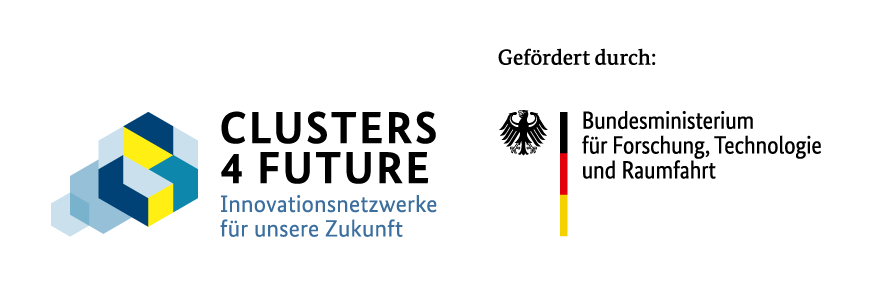Technical requirements of micro-depots - A list of requirements for material flow and technologies used for the micro-depots was drawn up.
Business models - Various business models have been designed and are being tested in a simulation environment.
Workshop on algorithm requirements - In a joint workshop, the requirements of the various project partners for the optimization algorithm to be developed were developed and specified.
Optimization model - The mathematical formulation of the optimization model has been completed.
Dimensioning of micro-depots and consolidation centers - The methods for determining the dimensioning were created and adapted.
Goods flow model and route planning - The required parameters of the goods flow model were determined and the optimization model for route planning was revised.
We tested how cargo bikes can improve the delivery of parcels. In small distribution centers within the city - so-called micro-depots - parcels were distributed from delivery vehicles to cargo bikes and then delivered. Does this make delivery faster, more flexible and more sustainable than using large delivery vehicles directly?
In cooperation with the logistics start-up "Business forBikes" (B4B), we analyzed the daily delivery of 1.5 tons of general cargo. The goods were picked up daily in the east of Munich and later delivered using cargo bikes.
At the same time, we researched business models and evaluation methods in delivery traffic, algorithms for distribution and route planning, as well as logistics processing within distribution centers.
Current parcel deliveries in cities like Munich take up too much space, take too much time and are not sustainable due to their high emissions. Small cargo bikes can solve these problems.
Partners from science, industry and the public sector worked together on the project.
No results available
Want to shape the future of mobility with us?
Then please get in touch with us.

What is MOSAIQ?
Imagine something: There is more space for people. The streets have more trees and plants. Everyone can get around better. That's how your Schwabing-West district could be in the future. How would you like your district to be? We want to talk to you about it!
The project is called MOSAIQ. MOSAIQ is a research∙project. MOSAIQ means: Mobility and urban climate in the future city∙part. The Technical University of Munich is leading the project.
What is MOSAIQ about?
MOSAIQ wants to make the streets in the city∙part more beautiful. People should feel comfortable there. There should be more space. For meetings and plants, for example. You can help decide what is tried out in the Stadt∙teil. The ideas come from you. Some ideas will be tried out on the streets for a certain period of time.
The aim of MOSAIQ is to make urban districts good places to live.
At the same time, the climate in the city should improve. And people should be able to move around the city easily.
What is happening in the district?